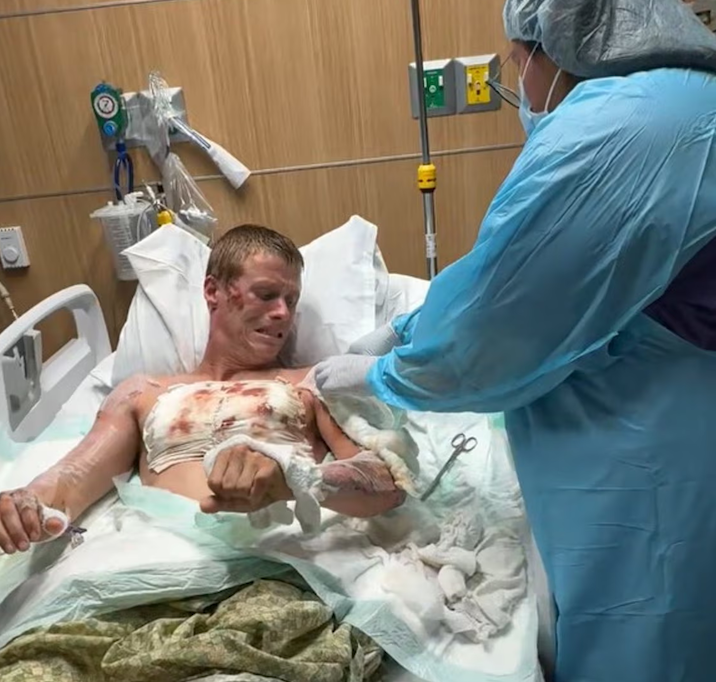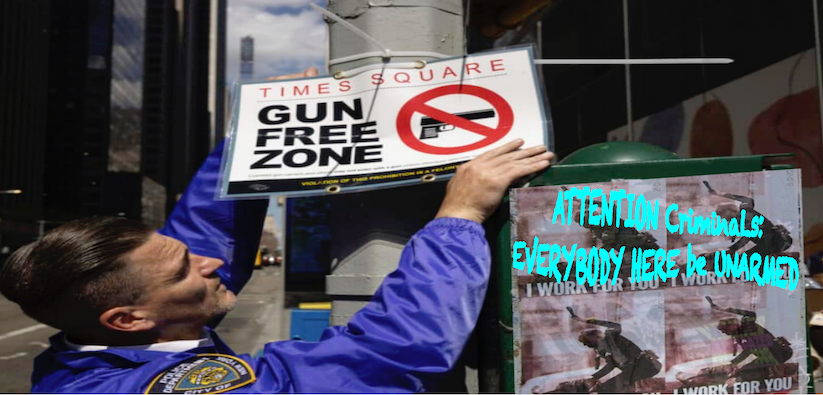On a 114 Degree Day Phoenix Cops Intentionally Burned a White Man's Face and Body by Holding Him Down on Scorching Pavement During a False Arrest. Committed No Crime in City Controlled by Liberals
/From [HERE] On 6 July 2024, a day when temperatures in Phoenix, Arizona, reached 114F (45.5C), Michael Kenyon was walking to his local store to buy a soda when two officers of the city’s police department stopped him.
They hastily told him he was being detained, Kenyon recalls, without clearly stating why. Two more officers arrived.
Surveillance footage from across the parking lot, which was viewed by the Guardian, shows the 30-year-old on the pavement soon after, with several officers on top of him and holding him down. Once they lift Kenyon off the ground after roughly four minutes, he appears limp.
Kenyon had been burned – severely burned – on the hot city pavement. Medical records indicate he suffered third-degree burns, and hospital photos show deep burn scars and skin peeled off across his body. Kenyon has not been charged with a crime and a police spokesperson confirmed he was not the suspect that officers were seeking as part of a theft investigation.
“It felt like acid burning my skin,” Kenyon told the Guardian. “I thought of George Floyd, and I didn’t understand why people wouldn’t help me as I was screaming in pain … like I was dying.”
It’s not the first time residents in the city have accused police of burning them on the pavement. In 2019, Phoenix police department officers held Roniah Trotter, then 18, on hot pavement on a 113F day, leaving her with second-degree burns. Earlier that year, a 28-year-old man died in police custody after officers held him down on hot asphalt for several minutes.
Michael Kenyon suffered third-degree burns after an encounter with Phoenix police officers. ‘[Now] every time I see cops, I think, is he after me?’ Photograph: Courtesy of Steve Benedetto
To Steve Benedetto, a civil rights lawyer representing Kenyon, the case illustrates that the Phoenix police department has systemic problems requiring outside intervention.
In June, the US Department of Justice accused the police department of routinely discriminating against people of color and killing civilians without justification, proposing that the force be subjected to independent monitoring. The department has pushed back, asserting that it is a “self-correcting agency” that doesn’t need oversight. Earlier this month, however, the department again faced scrutiny after footage showed two white officers repeatedly punching and deploying a stun gun on Tyron McAlpin, a 34-year-old deaf Black man with cerebral palsy.
On the day of Kenyon’s arrest, Phoenix was under an excessive heat warning, an increasingly frequent occurrence in the US south. Kenyon was wearing shorts and a tank top and talking on the phone when police approached, the footage shot from across the parking lot shows.
There’s no audio, but the video shows two officers initially holding Kenyon’s arms and having him sit on the back of a parked truck.
The footage shows two additional officers arriving, and Kenyon landing on the pavement with several officers holding him down.
Grainy cellphone footage taken by a witness from above appears to capture him screaming and pleading for help, at one point appearing to say: “Please … I didn’t do anything.”
Once the officers get Kenyon off the ground, footage shows him limping and stumbling as they bring him to a police vehicle. Kenyon said one officer eventually poured water on his burns as they waited for paramedics to arrive. He said he couldn’t remember being transported to the hospital and may have lost consciousness, but recalled waking up in the hospital handcuffed to a bed.
Graphic photos from the hospital, where he stayed for weeks, show layers of skin burned off his arms, legs, chest and side of his face.
Police haven’t released body-camera footage.
“Officers made contact with Kenyon, telling him he was being detained so they could understand what may have occurred. The man struggled with police, which [resulted] with him being taken to the ground on the hot asphalt. The man sustained burns to different parts of his body from the time he was on the ground,” Scherer said. “Kenyon was determined not to be the suspect of the theft.”
He said the incident was subject to an “ongoing criminal investigation” and an investigation by the “professional standards bureau”, which investigates misconduct.
Kenyon said he believes one of his roommates may have called the police on another roommate over a potential theft.
Michael Kenyon recalls waking up in the hospital, handcuffed to a bad, after his arrest in July 2024.Photograph: Courtesy of Michael Kenyon’s lawyers
Cellphone video of one of Kenyon’s roommates in the aftermath of the incident captures her frantically calling 911 to report what had happened. “They just unlawfully detained [him] … the boy you guys just burned,” she appears to tell an operator.
After she got off the call, the video captures her explaining to police on the scene that she had been on the phone with Kenyon during the arrest and heard him scream. She sobbed and begged officers to help him: “Treat him now! Treat him, treat him!” And she told one officer: “His whole body has third-degree burns on it. [They] wouldn’t let him up … I watched him get burned … If someone did this to your son, how would that feel?”
Dr Cecilia Sorensen, director of Columbia’s global consortium on climate and health education, said when air temperatures climb above 100F, the pavement can sometimes be 40 to 60 degrees hotter: “If you have direct contact with that surface, you’re going to start getting damage to your skin.”
Pavement burns can happen within seconds, added Dr Rabia Nizamani, surgeon at the University medical center’s Lions Burn Care Center in Las Vegas: “It takes a few minutes … to get a third-degree burn that keeps you in the hospital for weeks.” Bony body parts, such as knees, are particularly vulnerable, and wounds can take months to heal, with scars that can affect a patient’s functioning for years and require additional procedures, she said.
Kenyon said he had worked in construction, door-to-door sales and other jobs that he fears he can’t do any more: “I probably will never go back to having an outside job where I have to work in the sun.”
For now, he’s been unable to work and said a roommate had been helping with bills.
“I’m speaking out because I don’t want this to happen to other people,” he added. “I want to be the last one.” He said he didn’t blame the individual officers. “Whoever trained these guys are really responsible. These guys all acted the same, so somebody drilled it into them.”
Benedetto, the lawyer, said: “A guy was walking to the store to get a soda and then minutes later he’s wondering if he’s going to die, and that’s really endemic of where this department is at. This is a department that presumably should be on its best behavior with the DoJ looming … This is the impact of their policies, procedures and training that we’ve seen over and over. There’s never any real accountability.”
Kenyon said he had struggled to process what happened.
“I don’t really want to look at my body any more,” he said, noting it was too painful to see photos from the hospital. “Every time I see myself, I have flashbacks. And every time I see cops, I think, is he after me? And I know in my head it’s not true, but it just comes up.” He said he questions whether he could’ve done something differently. “I have to keep telling myself … I didn’t deserve this.”
He added: “I just want the Department of Justice to take care of them and fix what they say they’re going to fix … I’m not trying to get attention, I just want my story to be heard because I hurt.”

















































































































































































































































































